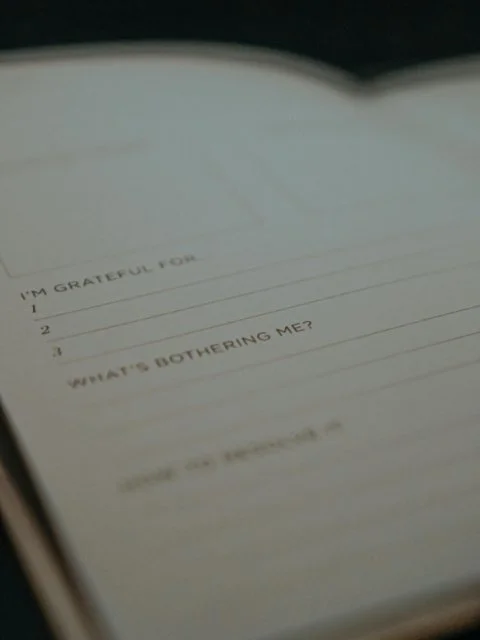The Art of Doing Nothing: Finding Peace in Stillness
The Pressure to Always Be "On"
In today’s fast-paced world, busyness is often mistaken for productivity. Packed calendars, endless to-do lists, and the constant need to stay connected make it difficult to slow down. However, constant activity leads to burnout, stress, and a disconnection from personal well-being.
The art of doing nothing is not about wasting time—it is about giving yourself permission to pause. Learning to embrace stillness allows your mind to reset, reflect, and recharge without guilt.
If you struggle with taking breaks or feel uneasy without checking your phone, our guide on brain breaks for productivity offers strategies to help you reset without guilt.
Why Stillness Feels So Uncomfortable
The discomfort of doing nothing often stems from the belief that our worth is tied to productivity. Society conditions us to think that unless we are actively achieving something, we are falling behind.
But here’s the truth:
✔ Your value is not based on accomplishments.
✔ Rest is not a luxury—it is a necessity.
✔ Pausing creates space for clarity, creativity, and resilience.
The Science Behind Doing Nothing
Research shows that intentional rest is essential for brain function, stress reduction, and self-reflection.
Mind-Wandering Boosts Creativity
When your brain is not focused on a specific task, it enters a “default mode network,” which enhances problem-solving and creative thinking.
Stillness Reduces Stress
Resting activates the parasympathetic nervous system, which calms the body, lowers cortisol levels, and improves emotional well-being.
Boredom Encourages Self-Reflection
Without constant distractions, the mind processes emotions, reflects on experiences, and fosters personal growth.
For more insights into how rest improves focus, explore our mini breaks guide.
How to Embrace the Art of Doing Nothing
1. Start Small
Set a timer for five minutes. Sit quietly without distractions—no phone, book, or music. Just observe your thoughts.
2. Gaze Out the Window
Remember daydreaming as a child? Do that. Let your mind wander freely without pressure to be productive.
3. Disconnect to Reconnect
Spend an hour without screens. Notice how your body feels, what thoughts arise, and what details you observe in your environment.
4. Embrace “White Space” in Your Day
Avoid filling every moment with tasks. Leave gaps between appointments to allow for natural pauses.
5. Practice Mindful Observation
Observe clouds moving, rain falling, or the flicker of a candle. Focus on the simplicity of the present moment.
For more strategies on mindful self-care, check out small habits that lead to big results.
When Doing Nothing Feels Hard
If you find yourself fidgeting or reaching for your phone, ask yourself:
Why am I uncomfortable with stillness?
What am I trying to avoid?
Often, the discomfort comes from facing emotions we’ve been too busy to process. But sitting with those feelings—without judgment—can be profoundly healing.
The Hidden Benefits of Stillness
When you create space for stillness, you’ll notice:
Greater clarity in decision-making
Improved focus and productivity when you return to tasks
Enhanced emotional resilience
A deeper connection to yourself and the present moment
Doing nothing isn’t about wasting time. It’s about reclaiming it.
When Doing Nothing Feels Hard
If you find yourself restless or reaching for your phone, ask yourself:
Why am I uncomfortable with stillness?
What am I trying to avoid?
Often, discomfort arises from unprocessed emotions. Sitting with those feelings—without judgment—can be deeply healing and restorative.
Need help setting boundaries around your time? Read our guide on simple self-care routines for busy people.




